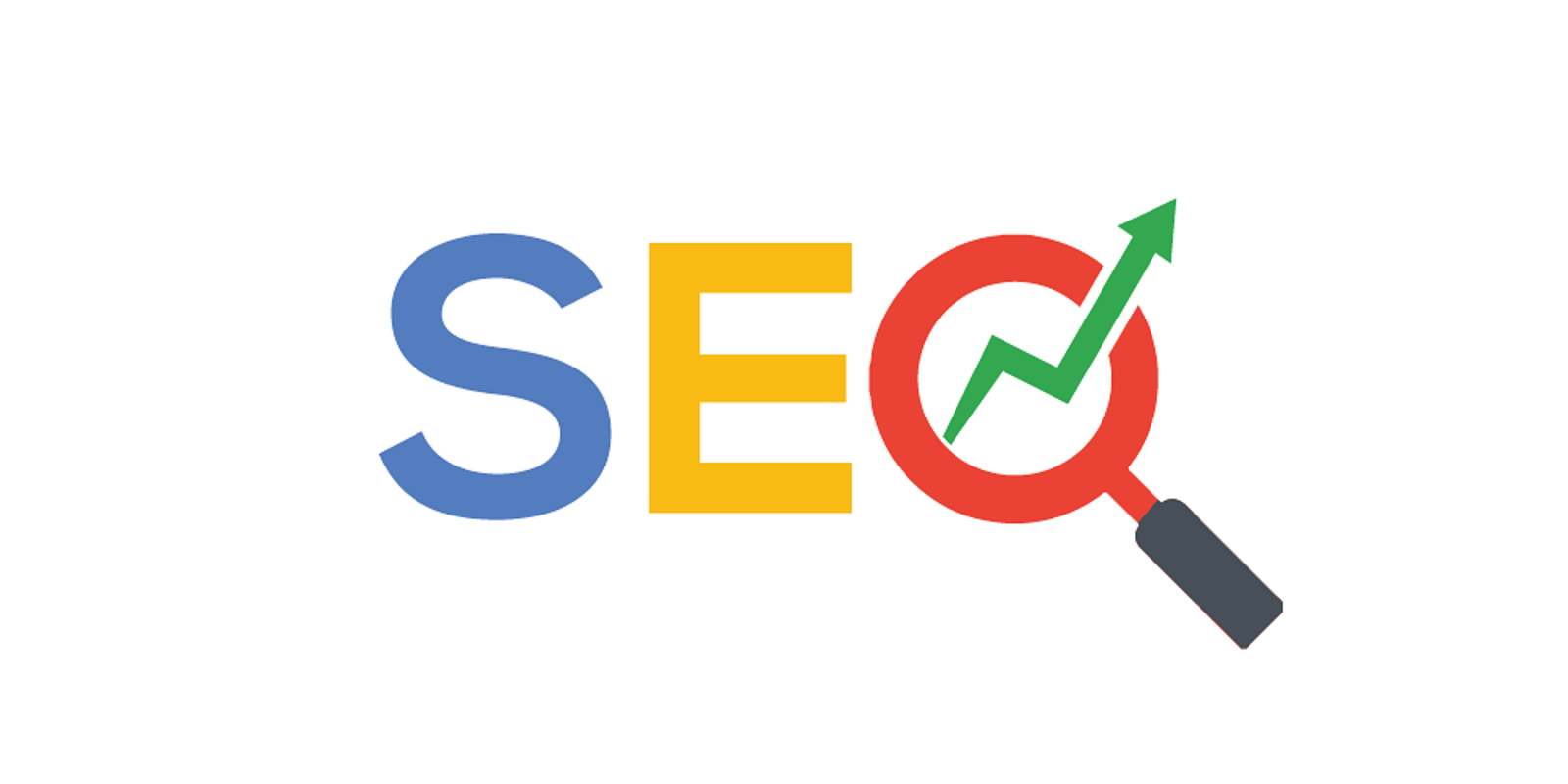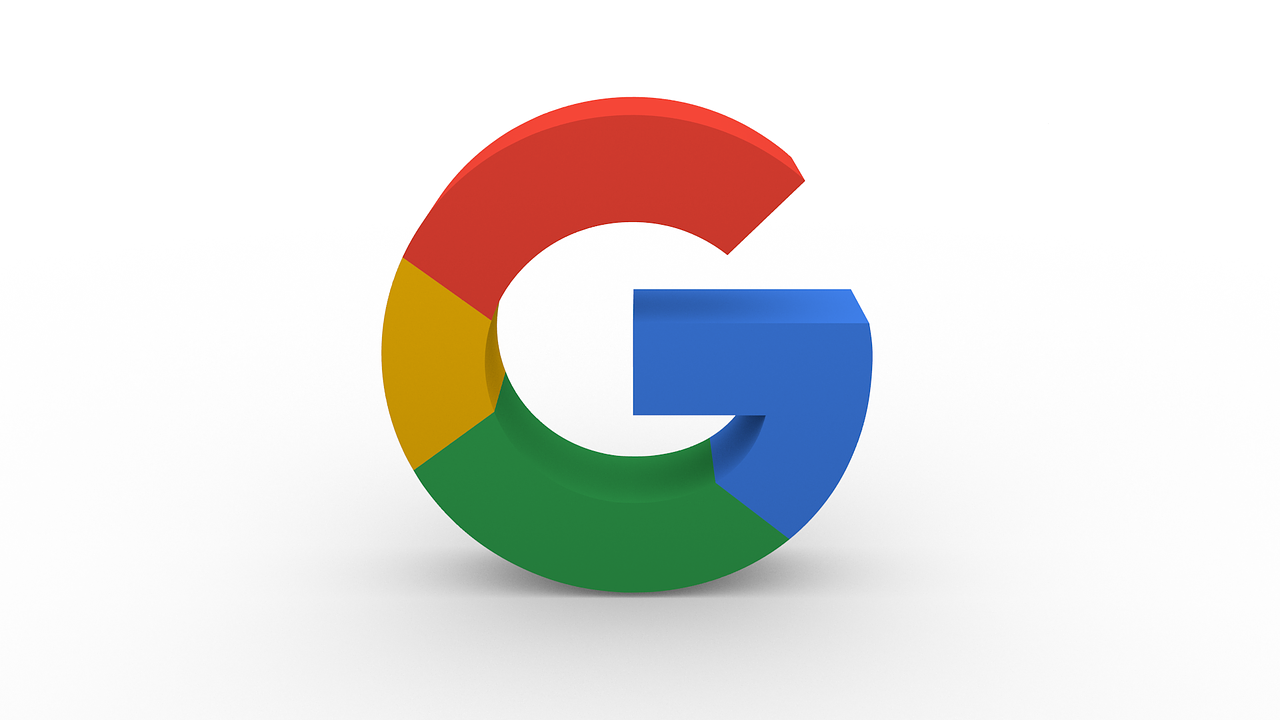Digital marketing offers two of the most effective strategies for improving online visibility: SEO (Search Engine Optimization) and SEM (Search Engine Marketing). Although both share the goal of attracting traffic and improving a company’s online presence, each works differently and has its own benefits and challenges. The choice between SEO and SEM will depend on factors such as budget, the time available to see results and a company’s specific goals. In this article, we will explore in depth the advantages and disadvantages of each strategy and how to decide which to implement to maximize ROI.
What is SEO?
SEO (Search Engine Optimization) refers to the set of techniques and practices that seek to improve the positioning of a website in the organic results of search engines, such as Google. Unlike paid results, SEO focuses on optimizing the content and structure of the site so that search engines consider it relevant for certain keywords.
Key elements of SEO:
- On-Page Optimization: Includes improving internal website elements such as titles, meta descriptions, headings (H1, H2), relevant content and keyword usage. It also involves improving the user experience (UX) through a clear design and an efficient internal link structure.
- Technical SEO: Focuses on aspects such as site loading speed, correct indexing of pages, optimization for mobile devices and site structure. A website that loads fast and is easy to crawl by search engines is more likely to rank well.
- Off-Page SEO: Involves building authority through backlinks (links from other websites), social media mentions and creating valuable content that other sites want to link to. Domain authority is an important factor for Google to consider a site as relevant.
SEO benefits:
- Long-term cost: Although SEO may require a significant initial investment in terms of time and resources (such as quality content creation and site optimization), once high search engine rankings are achieved, organic traffic can be maintained with less ongoing effort. This makes it a cost-effective strategy in the long run.
- Credibility and trust: Users tend to trust organic results more than paid ads. Sites that appear at the top of Google are often perceived as more trustworthy and relevant.
- Sustainability: Unlike paid ads, traffic generated through SEO does not disappear once you stop investing. This allows companies to build a stable presence in search engines over time.
Disadvantages of SEO:
- It takes time: Unlike SEM, SEO does not generate results immediately. It can take several months before a website begins to see significant improvements in its position in search results.
- Intense competition: In very competitive sectors, it can be difficult to reach and maintain top positions, especially if other players in the market have been investing in SEO for years.
What is SEM?
SEM (Search Engine Marketing) is based on paid advertising to appear in search engine results. The best known platform for SEM is Google Ads, which allows companies to display ads at the top of the Google results page for certain keywords.
Key elements of SEM:
- Keyword bidding: Companies bid on relevant keywords so that their ads appear when users perform related searches. Higher bids and ads with higher relevance are more likely to appear at the top.
- Text and visual ads: SEM can include text ads that appear on the search results page and visual ads that appear on Google’s display network, reaching users as they browse other websites.
- Precise targeting: SEM allows for detailed targeting of ads based on users’ geographic location, age, gender, interests and search behaviors. This ensures that ads reach the right audience.
SEM benefits:
- Immediate results: Unlike SEO, SEM can generate traffic and visibility almost immediately. Once the campaign is active, ads start appearing and users can click on them right away.
- Precise targeting: SEM allows you to target ads to specific audiences, which means you can directly reach the people who are most likely to be interested in your products or services. This improves campaign efficiency and ROI.
- Flexibility and control: With SEM, you can adjust your budget, keywords and targeting at any time to optimize campaign performance. This allows great flexibility to adapt to changes in the market or in the company’s strategy.
Disadvantages of SEM.
- Constant cost: Unlike SEO, traffic generated through SEM depends on an ongoing budget. Once you stop investing in ads, your visibility decreases rapidly.
- Lower credibility: Although paid ads can be very effective in generating traffic, some users tend to overlook ads and prefer to click on organic results.
Advantages and disadvantages of SEO and SEM.
Both strategies have clear advantages, but they also present challenges. The choice between SEO and SEM depends on the company’s objectives, the budget available and the urgency of the results.
SEO.
- Advantages:
- Credibility and user confidence.
- Reduced long-term costs.
- Continuous traffic once a good positioning is achieved.
- Disadvantages:
- It takes time to see results.
- High competition in certain sectors.
- It needs an ongoing content and optimization strategy.
SEM.
- Advantages:
- Fast and visible results from the beginning of the campaign.
- Possibility of accurately segmenting audiences.
- Flexibility to adjust campaigns according to needs.
- Disadvantages:
- Budget dependency to maintain visibility.
- Lower perception of trust by some users.
- Cost per click (CPC) can be high in very competitive sectors.
Which strategy to choose according to your business objectives?
The decision between SEO and SEM depends largely on your specific objectives and the stage your business is in.
- If you need fast results and have a budget to invest: SEM is ideal for promotional campaigns, product launches or generating quick visibility. It is also useful for startups looking to capture the attention of their first audiences while developing their SEO strategy.
- If you are looking for a long-term sustainable solution: SEO is the best option for businesses that want to build a stable organic presence and get a steady stream of traffic without relying on advertising campaigns. It is especially effective for blogs, news portals and online stores looking to attract traffic on a consistent basis.
- Combination of both strategies: In many cases, combining SEO and SEM is the most efficient strategy. For example, a company can use SEM to attract fast traffic while optimizing its website and creating relevant content to improve SEO. In this way, it can leverage immediate SEM traffic while building a solid base of organic visits with SEO.
Case studies on the use of SEO and SEM.
Case study 1: Software start-up
A start-up company offering business management software decided to launch an SEM campaign with Google Ads to increase the visibility of their product and attract their first customers. In the meantime, they worked on an SEO strategy that included creating educational content and optimizing their site for relevant keywords. As their SEM ads generated immediate traffic and conversions, the SEO began to pay off within six months, allowing them to reduce their paid advertising spend.
Case study 2: Fashion online store
A fashion online store used SEM to promote its summer collection and attract users interested in the latest clothing trends. At the same time, its marketing team worked on optimizing product descriptions and creating blog articles on fashion topics to improve its SEO. After the SEM campaign, the store saw an increase in organic traffic because many users who found the store through ads returned through organic results.
Both SEO and SEM are fundamental to any successful digital marketing strategy. While each has its own particularities, the key is to understand the strengths and limitations of each strategy and how they can complement your company’s specific needs. With proper planning, you can take advantage of the best of both worlds to maximize your visibility and achieve sustainable growth.



